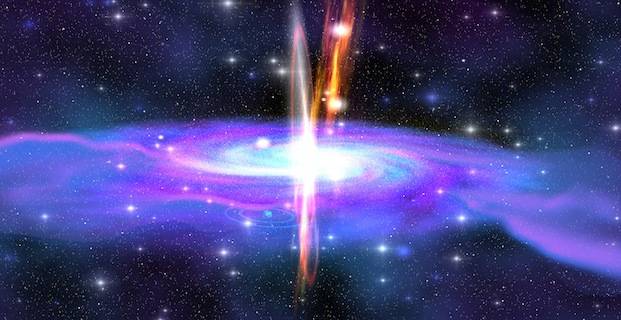

- Gamma ray burst iso#
- Gamma ray burst download#
Open the light curve "lc_zmax100.fits" (from the Explore LAT data thread or contained in the dowloaded tar file) with fv: This can either be done using a time interval ascertained from data from other instruments (e.g., using the GBM trigger time and T90 values reported in the Fermi/GBM circular), or it can be estimated directly from the LAT light curve. Localize the GRBĪ) Select LAT data during prompt burst phase NOTE: During the analysis of the prompt emission (Steps 1 to 3) we will make use of the P8R3_TRANSIENT020_V2 response function, while in the analysis of the extended emission (Step 4) the P8R3_SOURCE_V2 response function will be used.
Unbinned analysis using gtlike (extended emission). Binned analysis with XSPEC (prompt emission). 10's of minutes to ~hour timescales, a likelihood analysis will be required. ~10's of seconds, so that the accumulation of LAT background counts is negligible. In this case, the GRB in question is of a sufficiently short duration, e.g. The instructions to generate the data and spacecraft files used in this section can be found in the Explore LAT Data (for Burst) analysis thread. Gamma ray burst iso#
(The conversion between ISO 8601 date and MET can be performed using the HEASARC Time Conversion Utility).

Gamma ray burst download#
Alternatively, you could download the LAT data for 080916C at the FSSC LAT Data server) using the above coordinates, a selection radius of 40 degrees, the energy range between 30 MeV and 300 GeV, and a time window in the range START= 00:04:26 (MET=243216266.6 s) and STOP= 00:46:05 (MET=243218766.6 s), corresponding to 5 seconds before and after the trigger time, respectively.
You have extracted the files used in this tutorial these files can be found here. Note: For this thread, we will analyze GRB080916C, one of the brightest LAT GRBs on record. You know the time and location of the burst you wish to analyze. The referenced files reside in your working directory. The astronomical imaging and data visualization application ds9 Assumptions. XSPEC, used as a spectral analysis tool in Step 3 of this procedure (See Xanadu Data Analysis for X-Ray Astronomy.). It should be noted that the LAT Low Energy (LLE) data products can also be used for LAT-detected GRBs (see GRB Analysis Using GTBurst). This procedure provides a step-by-step example of extracting and modeling a LAT Gamma-Ray Burst observation and modeling the prompt and temporally extended emissions using the X-Ray Spectral Fitting Package ( Xspec) and gtlike, respectively.






 0 kommentar(er)
0 kommentar(er)
